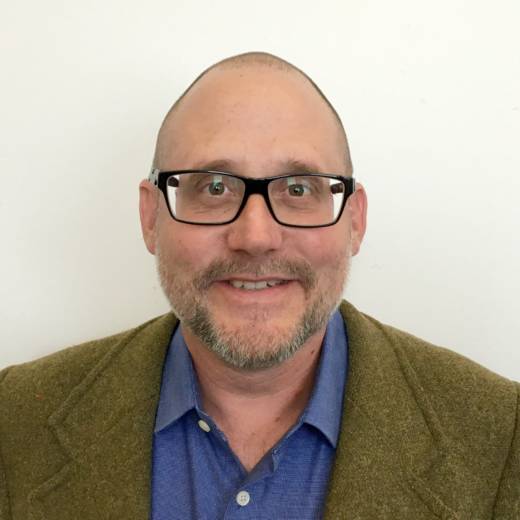We almost didn't find it. Our 1960s map showed the archaeological site along a creek by a trail. No one had seen it since. We crisscrossed the area. About to give up, we checked the thick brush, and peeking out from the poison oak were clam shells, obsidian and dark soil. I scrambled through and dropped down into the creekbed. There, in the cutbank, was a black band of soil, the remnants of Coast Miwok habitation here in Point Reyes from centuries ago.
When the first archaeologists were here, this was ranchland, and the ground was exposed. They saw everything, whereas now we're lucky to get to it. The coastal chaparral is so dense that it's hard to get anywhere without a machete.
It didn't look like this when the Coast Miwok were here, either. This site was open, as were all of the occupied places along the coast. By changing the landscape to what we thought was a pristine environment, we've taken humans off the land. This is not the same as returning it to what it was before white people came. Recent research from UC Berkeley has found that Coast Miwok have periodically burned portions of Point Reyes for at least 2,000 years. It kept grazing land clear, parasites down, and enriched the soil for young plants.
The tribal community has been telling us for centuries now that people are part of the land, part of the seasonal rhythms of plants and animals, and they help shape the world they live. If we wanted an environment before humans, we'd have to go back to the Pleistocene. Unless we reintroduce Colombian mammoth, we're not going back to a pre-human natural landscape. What we're left with now are public lands choked with brush that are both a fire hazard and a challenge towards maintaining biodiversity. The time has come to revisit our land management policies, and bring people back to the land in ways that build environmental resiliency and long-term health in our parks and forests.
With a Perspective, this is Mike Newland.
